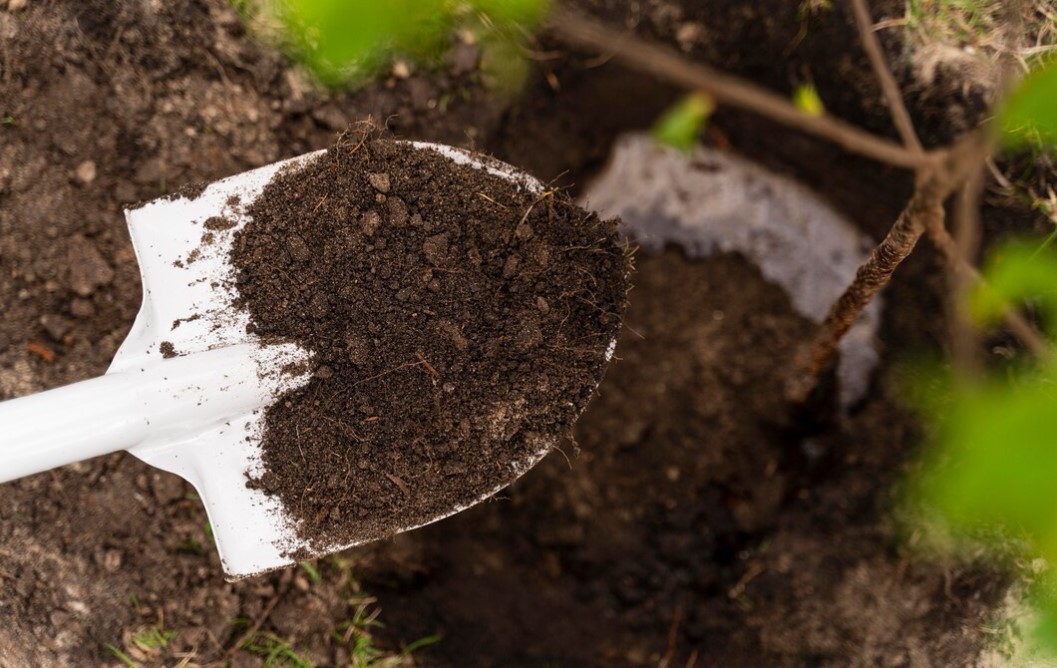Introduction
Gardening enthusiasts often encounter the challenge of clay soil, notorious for its compactness and poor drainage. In this article, we’ll explore the art of amending clay soil specifically for successful vegetable gardening. Let’s dig in!
Understanding Clay Soil
Clay soil, characterized by its fine particles, poses several challenges for plant growth. Its dense structure impedes water drainage and limits root movement, making it less than ideal for vegetables.
Benefits of Amending Clay Soil
Amending clay soil offers a multitude of benefits, including improved drainage, enhanced nutrient retention, and better aeration. These improvements create a healthier environment for vegetables to thrive.
Types of Amendments
Organic Amendments
- Compost
- Rich in organic matter, compost improves soil structure and fertility.
- Well-Rotted Manure
- Enhances soil texture and adds essential nutrients for plant growth.
Inorganic Amendments
- Sand
- Alleviates compaction, promoting better water movement.
- Perlite
- Enhances aeration and drainage in clay soil.
Step-by-Step Guide for Amending Clay Soil
- Soil Testing
- Assess your soil’s composition to determine its specific needs.
- Choosing the Right Amendments
- Based on the soil test, select the appropriate combination of organic and inorganic amendments.
- Incorporating Amendments into the Soil
- Work the amendments into the soil thoroughly for even distribution.
- Monitoring Soil Health
- Regularly check soil moisture, nutrient levels, and plant health to ensure continued success.
Best Practices for Vegetable Gardening in Amended Clay Soil
- Selecting Suitable Vegetable Varieties
- Choose vegetables adapted to your amended soil conditions.
- Proper Watering Techniques
- Implement consistent watering practices to maintain optimal moisture levels.
- Mulching for Moisture Retention
- Apply mulch to regulate soil temperature and conserve moisture.
Common Mistakes to Avoid
- Over-Amending the Soil
- Follow recommended amendment ratios to prevent overcorrection.
- Neglecting Ongoing Soil Care
- Continuously monitor and care for your soil to sustain improvements.
Success Stories
Explore real-life stories of gardeners who successfully transformed their clay soil into thriving vegetable gardens.
Tips for Seasonal Maintenance
Discover seasonal routines for fall and spring that will keep your amended soil in top condition.
Environmental Impact of Soil Amendment
Adopt sustainable practices to contribute positively to the ecosystem while enjoying long-term benefits.
DIY vs. Professional Amendment
Weigh the pros and cons of undertaking soil amendment projects yourself versus seeking professional assistance.
Troubleshooting
Address common issues during the amendment process and seek expert advice when needed.
Case Studies
Learn from before-and-after case studies, gaining insights from others who have overcome clay soil challenges.
The Future of Soil Amendment
Explore emerging trends in sustainable gardening practices, paving the way for a greener future.
Conclusion
In conclusion, amending clay soil for vegetable gardening is a rewarding endeavor. By following the outlined steps and best practices, you can create an environment where your vegetables thrive, turning your garden into a bountiful haven. Get more info on Florida Vegetable Gardening.
FAQs
- How often should I test my soil?
- Soil testing is recommended annually for accurate and up-to-date results.
- Can I use only organic amendments?
- While organic amendments are beneficial, a balanced approach with inorganic amendments may be necessary for optimal results.
- What vegetables are well-suited for amended clay soil?
- Vegetables like tomatoes, carrots, and beans tend to perform well in amended clay soil.
- Is professional soil amendment expensive?
- The cost varies, but the long-term benefits often outweigh the initial investment.
- Can I amend clay soil during any season?
- While fall and spring are ideal, amendments can be made at any time, depending on your region’s climate.





